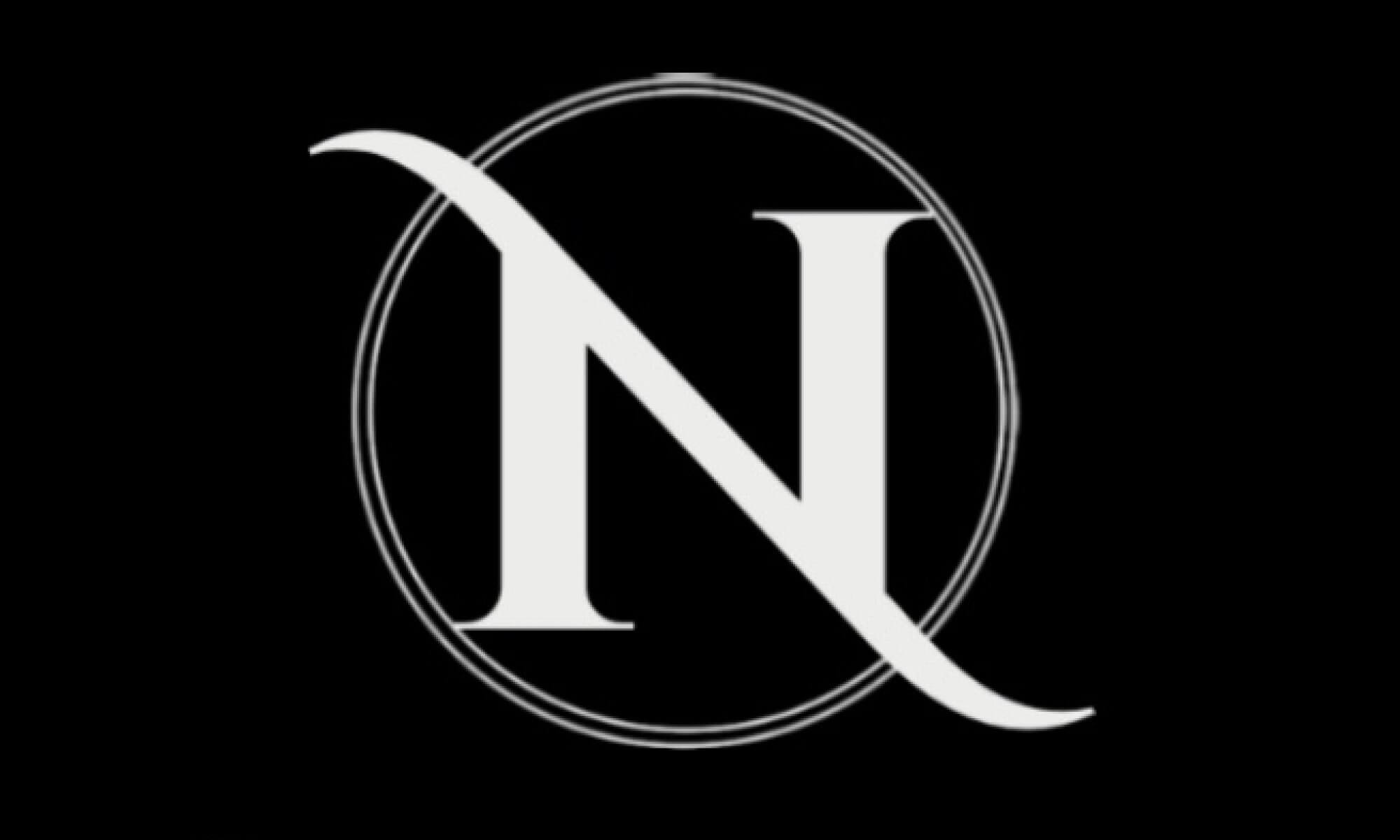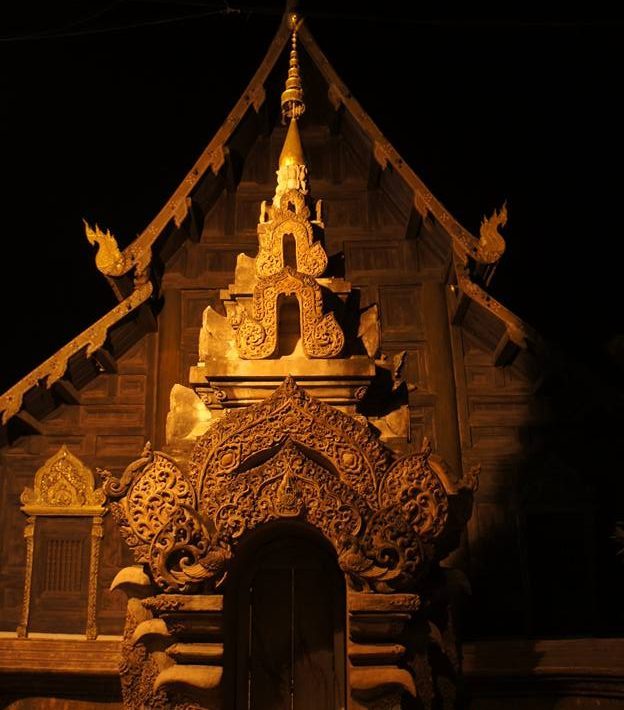A taxi driver told us that the meaning of the word ‘Chang’ meant elephant. This was after we drove past a statue of an elephant in Chiang Mai. Some confusion also followed when we asked him if that ‘chang’ was the same meaning as the word ‘chiang’.
We eventually grasped that Chiang Mai translates as ‘New Town’, although I’m still not sure what the ‘chiang’ part actually means. Still it was a relevant conversation to have as we drove next to the ancient walls of this new town, which dates back to 1296. And it’s always good to glean some local trivia.
Chiang Mai is situated in the north of Thailand. It is surrounded by jungle and famous for its (sometimes) controversial animal sanctuaries. For me, this was the Thailand I had been looking forward to seeing the most.
The town outside the wall, where we stayed, was nothing spectacular. A new shopping mall had sprung up down the road. There was plenty to do nearby. But it is within the ancient walls where Chaing Mai gets really interesting.
Mai oh Mai
More than once we walked past the wall into the old town and felt a little bit out of our comfort zone. There didn’t seem to be anything going on. Just houses. Very quiet houses. At one point we passed an empty Muay Thai boxing ring and were chased off by a dog wearing some kind of hoody.
But we turned one corner or another and soon old Chiang Mai came into its own. In a town of over 300 religious sites, the old town has the most in a small density. In the heart of the 2km square area there are temples, stupas and statues on every road.
There is a vibrancy within those walls. Chiang Mai is a humble town, with a rich history and a peaceful air. It is also a very tasty town with the most exciting food market I have ever experienced. I don’t think I’ve ever eaten so many different foods, or felt that full, after spending £9.

